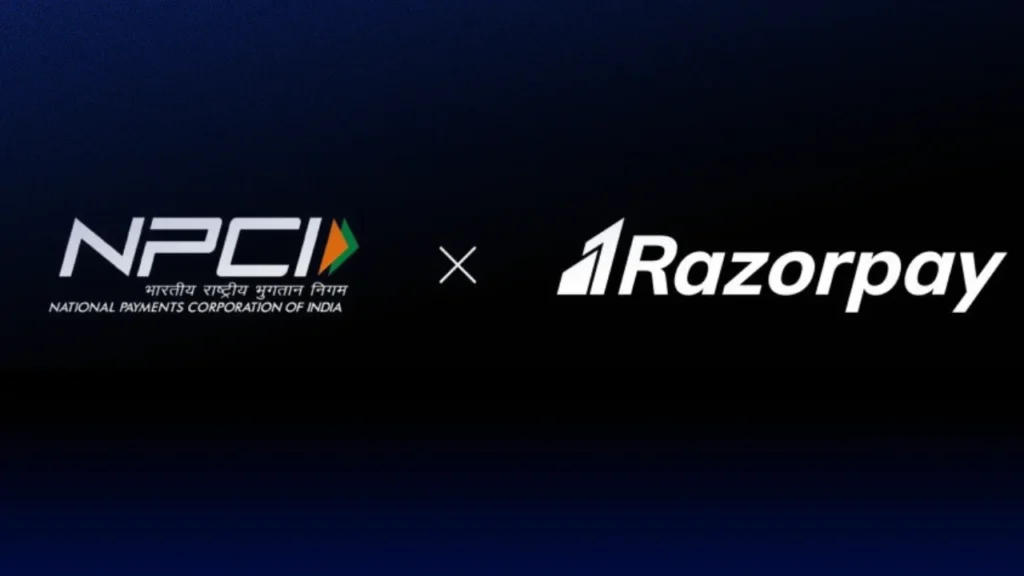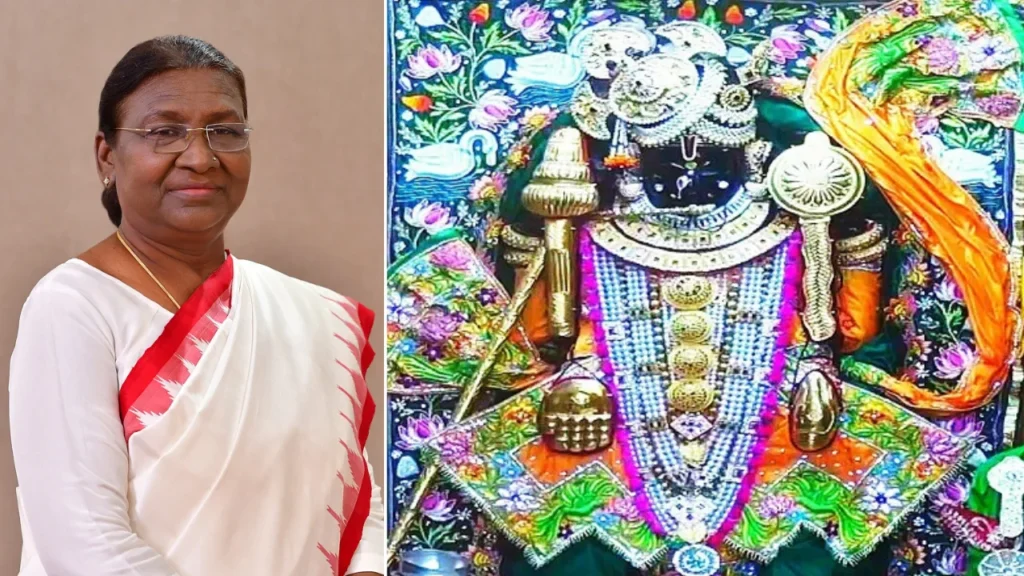When a new bike promises incredible mileage, you’d expect it to fly off the showroom floor. That should have been the case for the Bajaj Freedom 125 CNG—touted as India’s first CNG motorcycle with impressive fuel efficiency. But a year after its launch, the bike’s sales tell a different story. Let’s unpack why this fuel‑sipping wonder isn’t finding buyers.
What Makes the Freedom 125 Special?
The Freedom 125 made headlines as the first CNG-powered motorcycle in India. It utilizes a small CNG tank, along with a petrol option, and advertising claimed a cost of just ₹0.76 per km in Delhi. That beats even the most frugal petrol bikes, on paper at least.
How it works:
- Two fuel options: CNG for daily rides and petrol for longer trips
- Claimed 202 km range on CNG before switching to petrol
- Purported fuel cost savings of over 50% compared to petrol-only rivals
It sounded ideal—eco-friendly, economical, and uniquely positioned between petrol and full-electric.
Disappointingly Low Sales
Despite the buzz, April 2025 recorded just 3,684 units sold, marking its lowest monthly sale since the July 2024 launch. Cumulative retail numbers are also underwhelming: only about 55,000 bikes sold—far below initial projections.
To put it in perspective:
- In its best month, it sold over 10,000 units
- But its typical months now average below 5,000
- Meanwhile, petrol bikes like Pulsar N125 and Hero Splendor continue to dominate with tens of thousands sold monthly
What’s Gone Wrong?
1. High Price Tag
At around ₹91,000 ex-showroom, the Freedom 125 is priced higher than both petrol bikes and many entry-level electric scooters. The cost advantage of CNG isn’t strong enough to offset the premium.
2. Limited CNG Infrastructure
CNG availability is largely confined to major cities like Delhi or Noida. Outside these areas, finding a CNG pump can be a hassle.
- In smaller cities, fuel savings shrink
- Refueling lines can be long and inconvenient
- CNG’s benefits don’t outweigh the time and effort required
3. Fluctuating CNG Prices
CNG prices in India are tied to global gas prices. As a result, the cost spread between petrol and CNG isn’t stable—making the savings less reliable and compelling.
4. Lack of Features and Appeal
India’s bike buyers demand more than just mileage. They want good styling, modern tech, and brand appeal. The Freedom 125—simple in design, lacking phone connectivity, disc brakes, or digital display—fails to stand out.
5. Electric Bike Competition
Affordable e-scooters are surging in popularity. Bikes like the Ola S1 and TVS iQube offer:
- Low running and maintenance costs
- Home charging convenience
- Eco-friendly appeal (no emissions or CNG dependence)
For many, a petrol-electric option seems outdated.
Expert Opinions Speak Volumes
Industry analysts and dealers confirm these issues:
- NRI Consulting: Savings shrink in most markets
- S&P Global: Buyers expect mileage plus style; Freedom doesn’t deliver both
- A Delhi dealer noted many customers still prefer tried-and-tested petrol models
Even Bajaj adjusted its strategy, focusing on fleet and ride-share markets—where high mileage might outweigh infrastructure hassle—for steady, small-scale uptake.
Broader Trends in the Indian Two-Wheeler Market
The Freedom 125 isn’t alone in struggling. A clear pattern has emerged:
- Entry-level 100cc bikes are seeing year-on-year sales declines
- Consumers are upgrading to 125cc+ bikes that offer better looks and performance
- The CNG experiment feels like a mismatch in a market trending toward practicality and premium feel
As Bajaj’s own ED noted, buyers are shifting focus from only mileage to performance, features, and financing options.
What Could Turn the Tide?
If CNG bikes like the Freedom are to work, they’ll need more than good mileage:
- More CNG Pumps: Without widespread infrastructure, user adoption with remain low.
- Better Integration: Features that match or surpass petrol rivals—like disc brakes, fuel injection, or digital consoles—are essential.
- Stable Pricing: Consistent CNG cost must offer clear savings across markets.
- Specialized Use Cases: Targeted segments—like delivery fleets or taxis—could provide the critical volume to sustain the model.
Final Thoughts
The Bajaj Freedom 125 had strong potential as an economical, eco-friendly commuter. But reality revealed its limitations: high pricing, unstable fuel savings, poor pump access, and fierce EV competition.
Indian buyers still prioritize affordability—but not at the cost of convenience and modern features. Until CNG infrastructure improves and the bike receives a styling and tech upgrade, it’s likely to remain a niche product—rather than a mass-market hit.


















